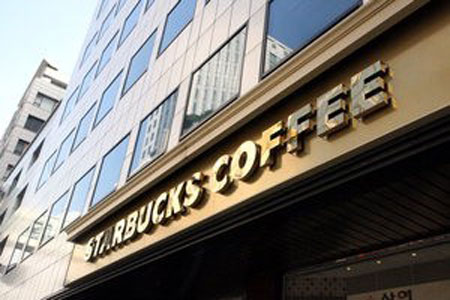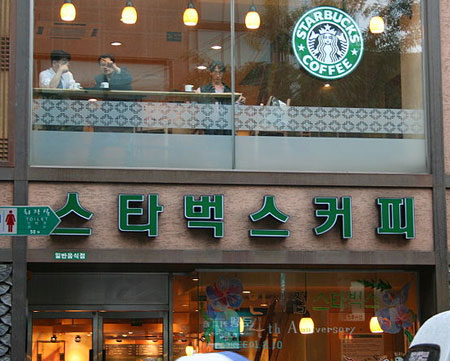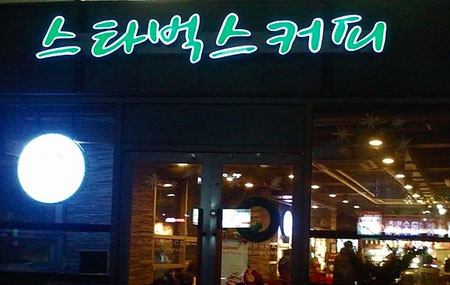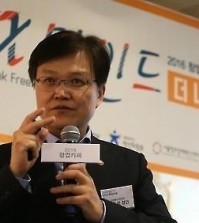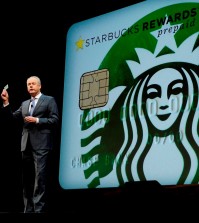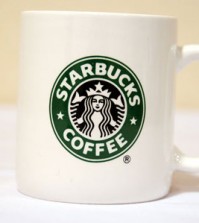- California Assembly OKs highest minimum wage in nation
- S. Korea unveils first graphic cigarette warnings
- US joins with South Korea, Japan in bid to deter North Korea
- LPGA golfer Chun In-gee finally back in action
- S. Korea won’t be top seed in final World Cup qualification round
- US men’s soccer misses 2nd straight Olympics
- US back on track in qualifying with 4-0 win over Guatemala
- High-intensity workout injuries spawn cottage industry
- CDC expands range of Zika mosquitoes into parts of Northeast
- Who knew? ‘The Walking Dead’ is helping families connect
Localized Korean Starbucks says ‘being unique goes long way’
By Ko Dong-hwan
Global coffee stalwart Starbucks looks different in Sogong-dong in downtown Seoul. It’s the “golden” signboard bearing the brand name up on the store’s facade, unlike the green signboard with the name in white shared by some 19,000 stores across the globe.
Foreign tourists often take pictures in front of the store, witnessing a signboard they have never seen anywhere before.
The store, located near The Westin Chosun’s rear entrance, stands on ground marked by historical significance, which is why it was given the unique signboard color.
Princess Gyeongjeong, second daughter of Joseon Kingdom’s third crowned King Taejong, lived where the hotel now stands after getting married. Citizens back then called the spot “small princess street,” where small princess translates to “so gong” in Chinese-based Korean.
The store’s manager Seo Gyu-oek said he introduced the golden signboard to prioritize cultural localization, preserving historical values of the site. The golden color symbolizes tradition and regal imagery, according to the manager.
There are other Korean Starbucks distinguished by unique appearances based on localization. Locations in Insa-dong, Gwanghwamun, Gyeongbok Palace and Anguk Stations welcome customers with signboards where the brand is written in Korean, a rare exclusivity only seen in this part of neighborhood.
The one in Insa-dong, which opened 2001, is the world’s first Starbucks store with a signboard written in local language.








